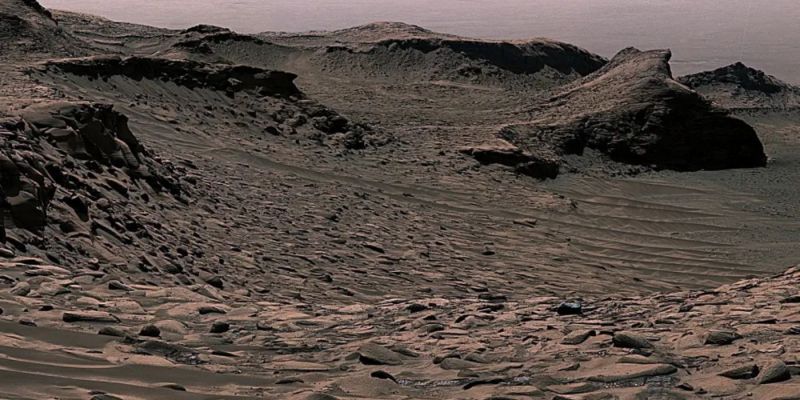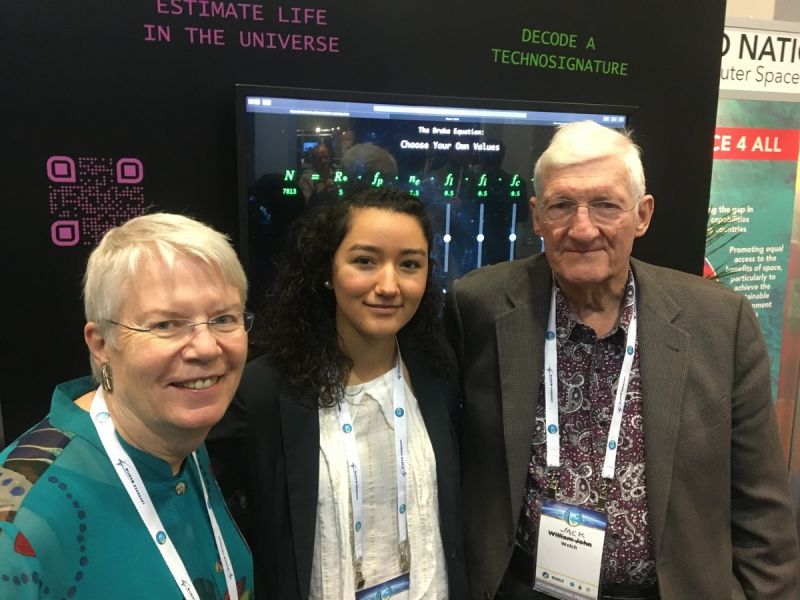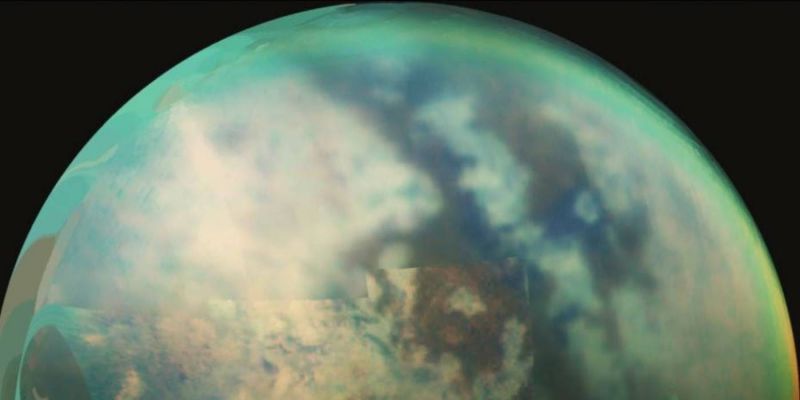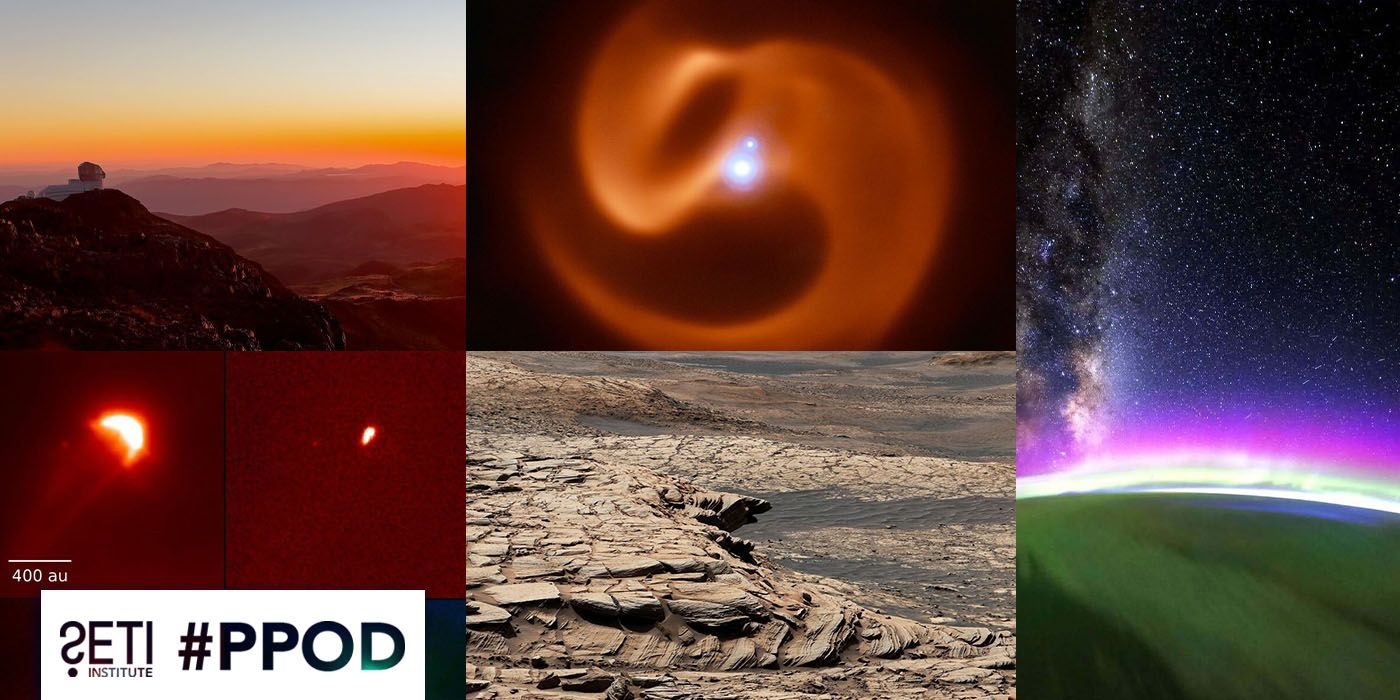
Planetary Picture of the Day
Week of May 12, 2025
Sunrise, sunset... plus the youngest baby of planetary disks in detail, a binary star system, and sedimentary rocks on Mars.
Monday, 19 May 2025
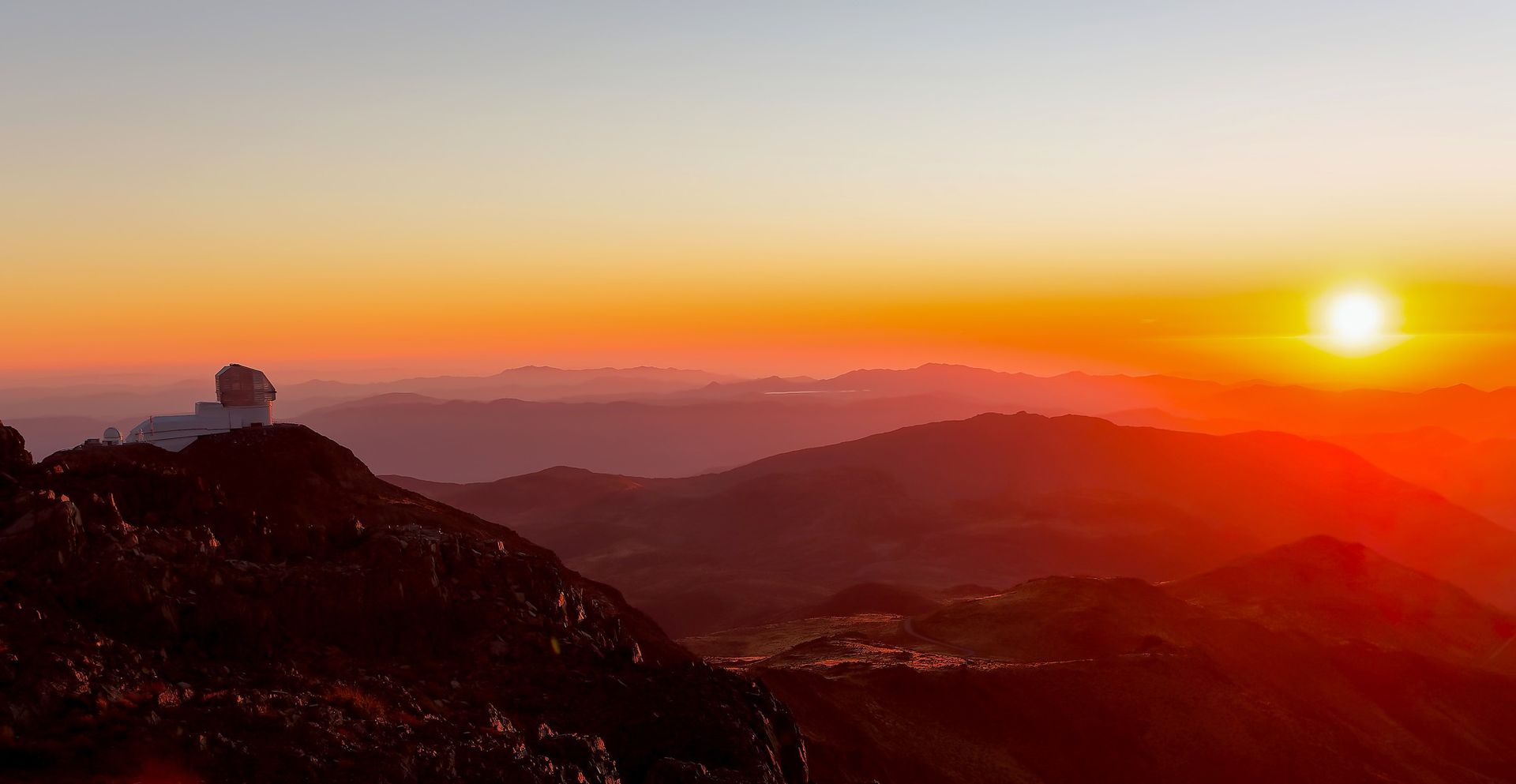
Vera C. Rubin Observatory
Rubin Observatory basks in the glow of this vibrant sunset from April 2025. From atop its perch on Cerro Pachón in Chile, Rubin will repeatedly scan the entire southern hemisphere sky for a decade, generating the greatest cosmic movie of the Universe ever made.
Tuesday, 20 May 2025
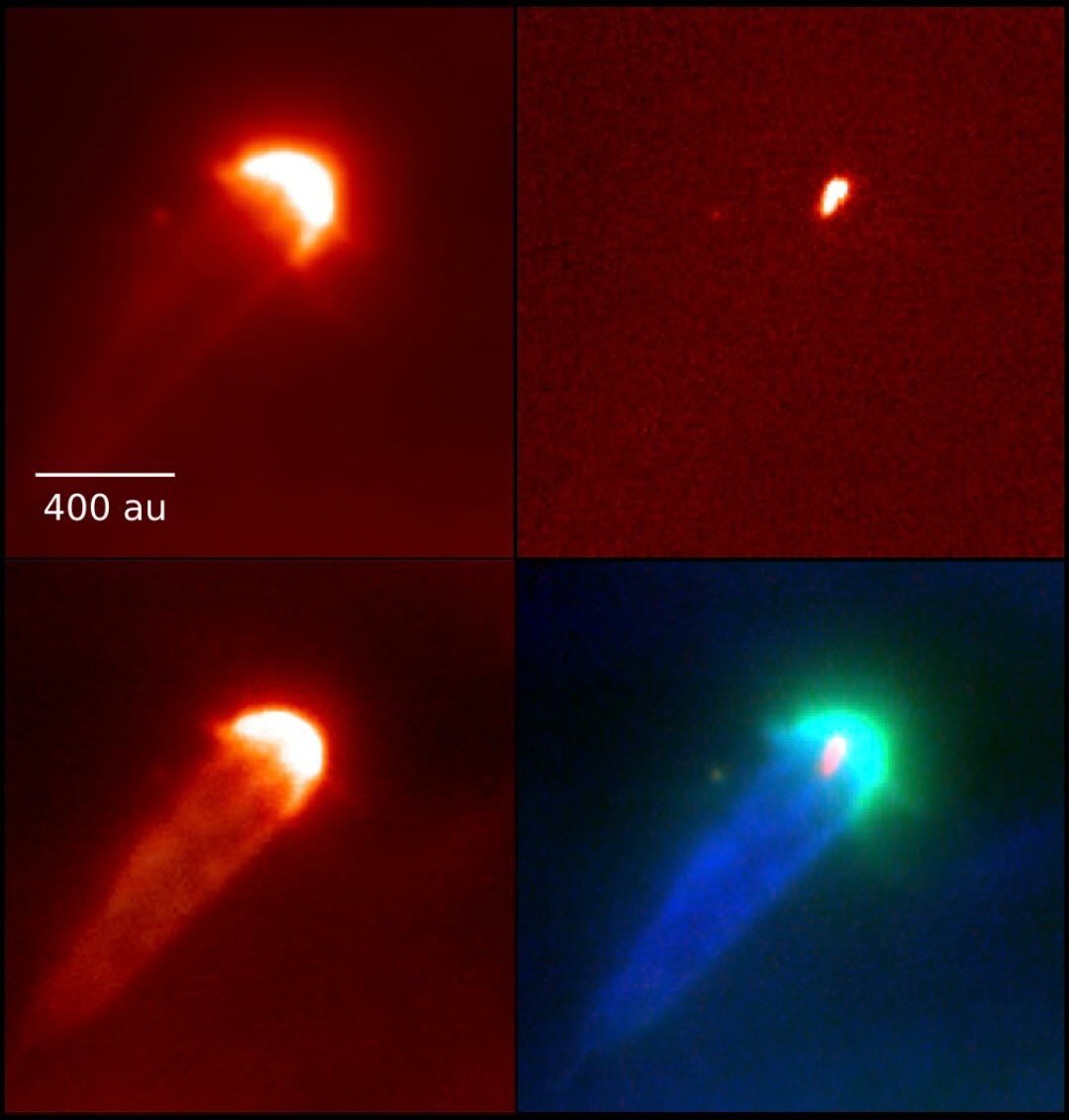
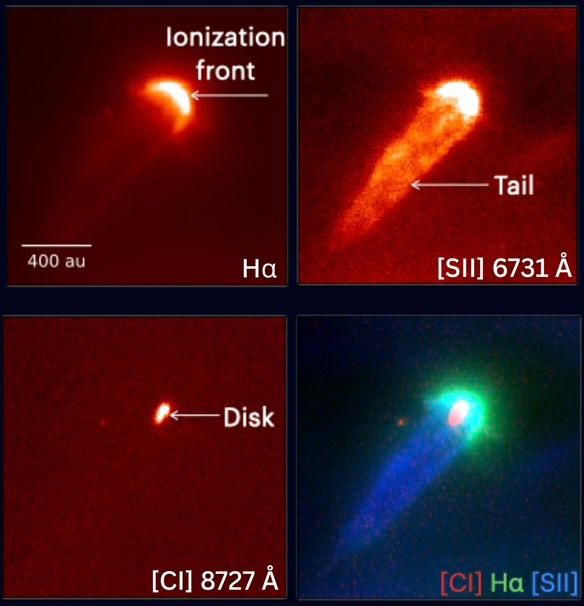
Proplyd in Detail
This sequence shows the irradiated protoplanetary disk (proplyd) 177-341 W in the Orion Nebula, captured in unprecedented detail by the Multi Unit Spectroscopic Explorer (MUSE) on ESO’s Very Large Telescope. Each panel isolates light from specific elements—hydrogen, carbon, and nitrogen—unravelling the physical and chemical conditions in which planets in high-UV environments form. Every part of the system is distinguished for the first time, including the disk in the carbon emission line. As opposed to previous proplyd images, this sequence was captured by a ground-based observatory.
Wednesday, 21 May 2025
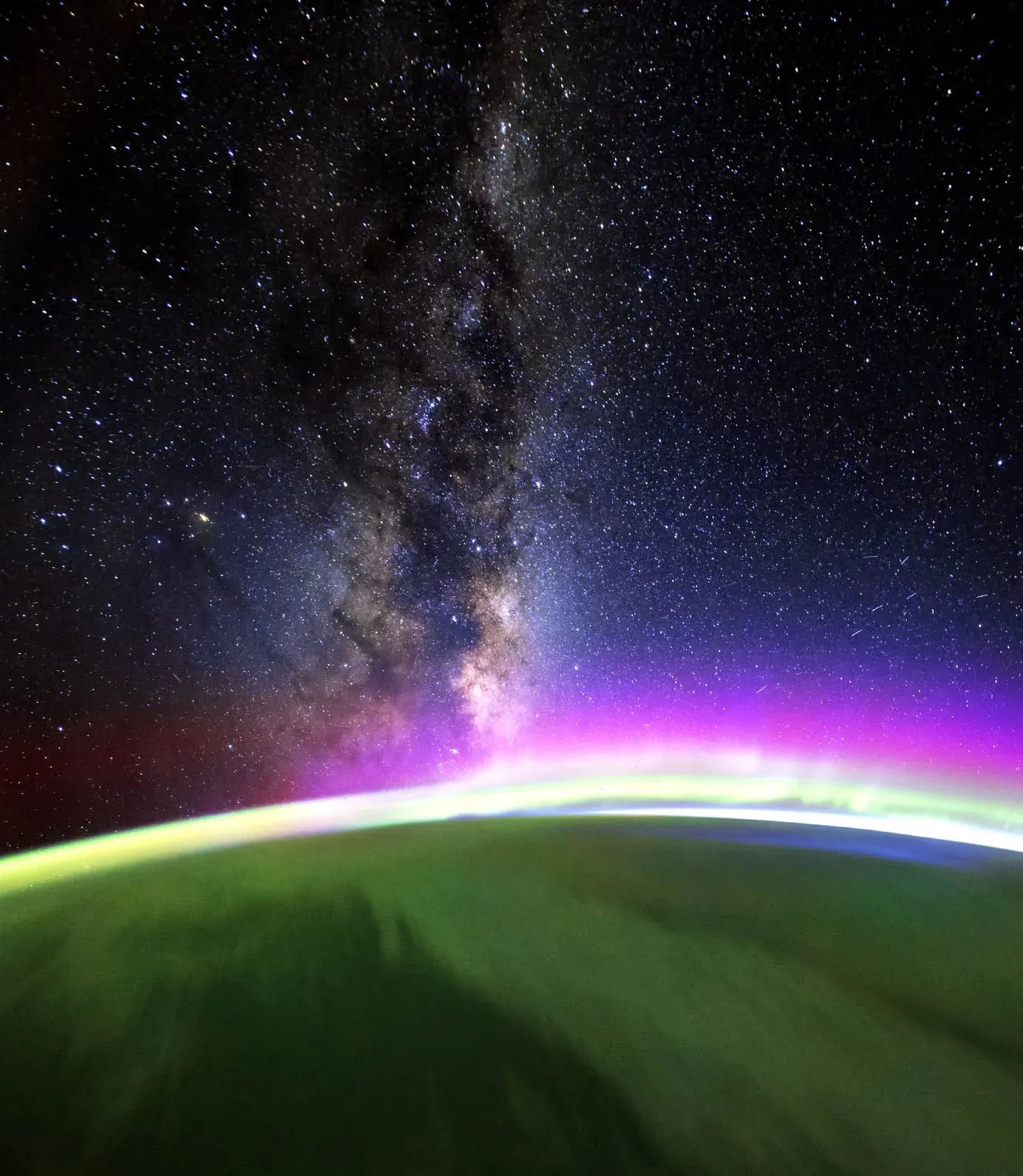
Cosmic Colors Over an Orbital Sunrise
Astronaut Don Pettit took this photo from space on Jan. 27, 2025, as the Sun began to rise over a cloudy Pacific Ocean. This long-exposure image shows off the broad band of the Milky Way, our home galaxy, above the aurora and airglow that shine closer to Earth's horizon.
Thursday, 22 May 2025
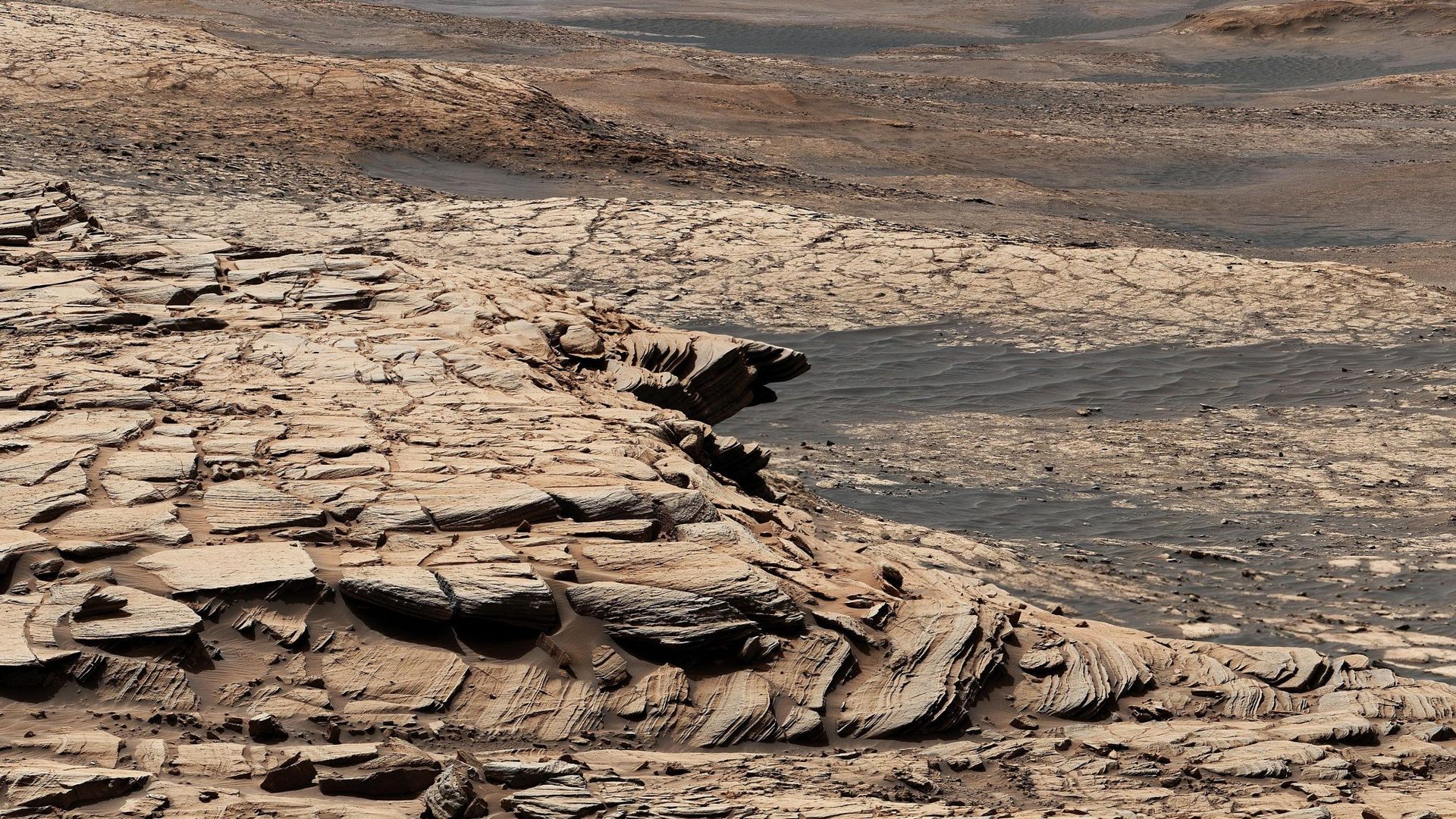
Curiosity's View From the Top of the Greenheugh Pediment
This view from NASA’s Curiosity Mars rover, stitched together from 28 images, was captured after the rover ascended the steep slope of a geologic feature called “Greenheugh Pediment.” In the distance at the top of the image is the floor of Gale Crater near a region called Aeolis Dorsa that researchers believe was once a massive ocean.
Friday, 23 May 2025
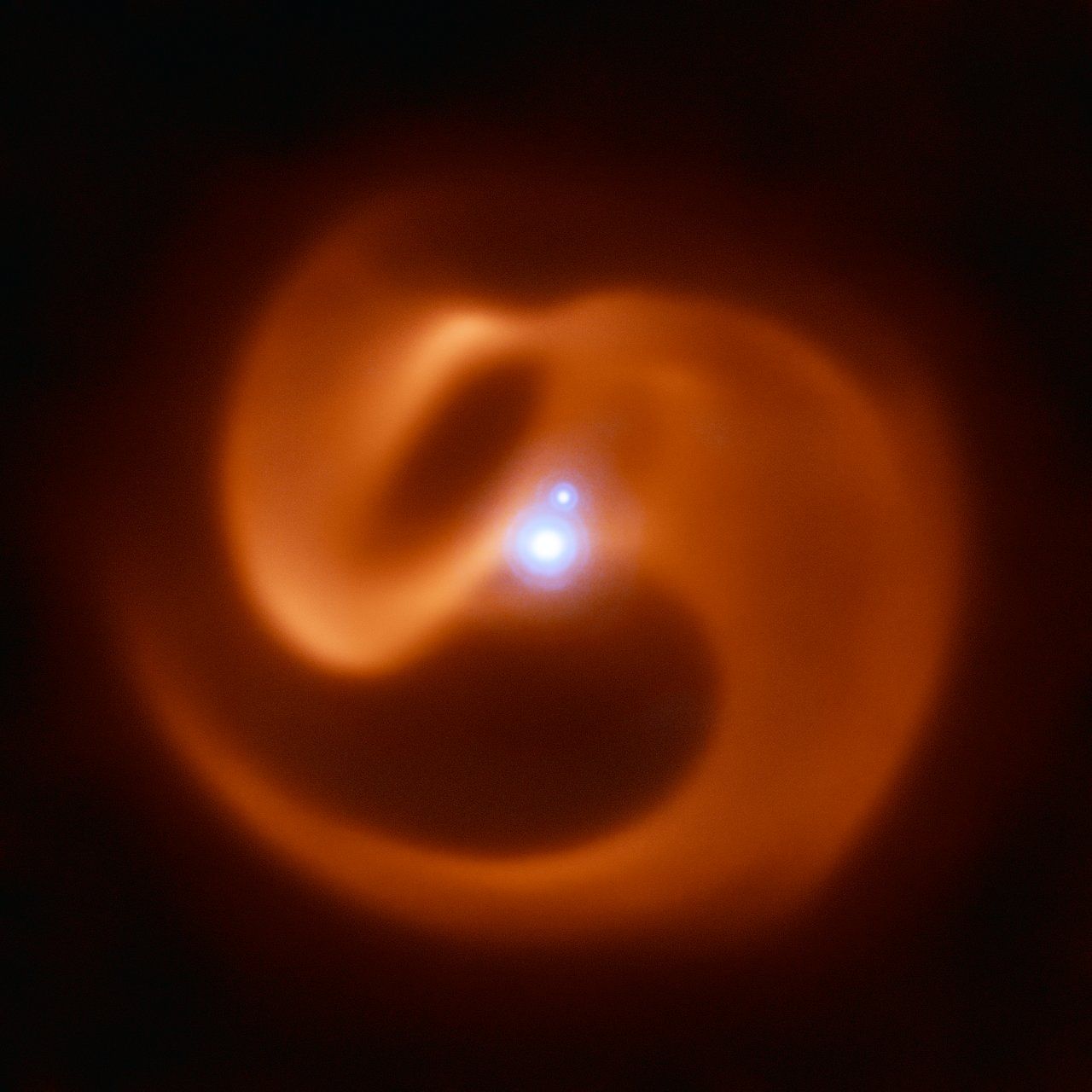
Coils of Apep
The VISIR instrument on ESO’s VLT captured this stunning image of a massive binary star system. Nicknamed Apep after an ancient Egyptian deity, it could be the first gamma-ray burst progenitor to be found in our galaxy.
Apep’s stellar winds have created the dust cloud surrounding the system, which consists of a binary star with a fainter companion. With two Wolf-Rayet stars orbiting each other in the binary, the serpentine swirls surrounding Apep are formed by the collision of two sets of powerful stellar winds, which create the spectacular dust plumes seen in the image.
The reddish pinwheel in this image is data from the VISIR instrument on ESO’s Very Large Telescope (VLT), showing the spectacular dust plumes surrounding Apep. The blue sources at the centre of the image are a triple star system, which consists of a binary star system and a companion single star bound together by gravity. Only two star-like objects are visible in the image, but the lower source is an unresolved binary Wolf-Rayet star. The NACOadaptive optics instrument on the VLT captured the triple star system.


